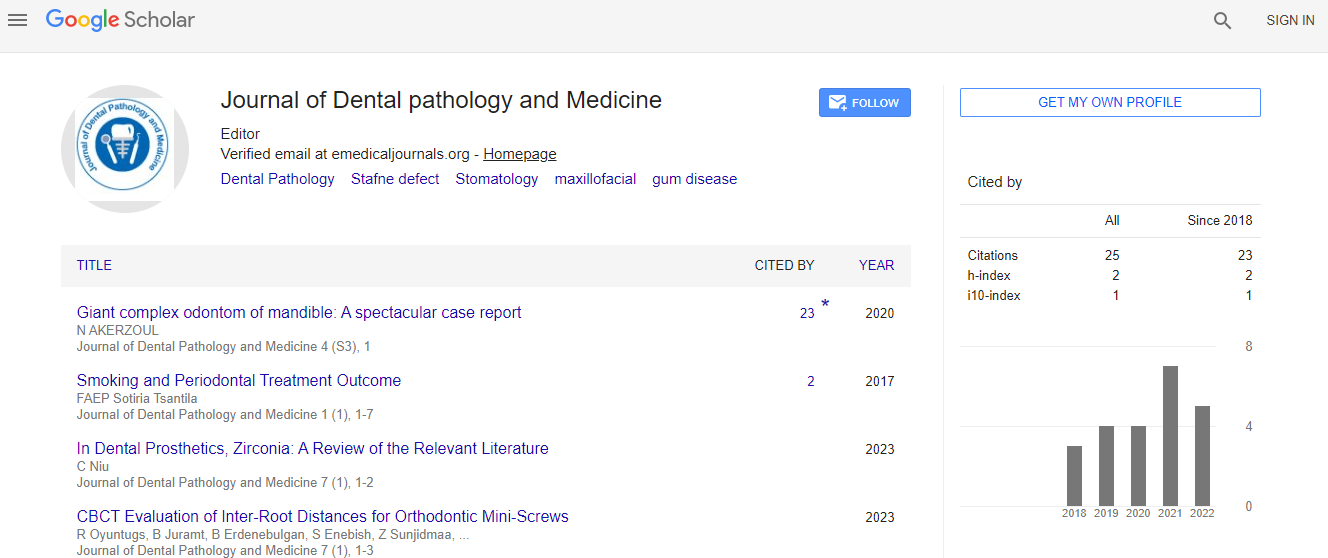Risk assessment of apical periodontitis in endodontically treated teeth: a cross-sectional study
*Corresponding Author:
Copyright: © 2020 . This is an open-access article distributed under the terms of the Creative Commons Attribution License, which permits unrestricted use, distribution, and reproduction in any medium, provided the original author and source are credited.
Abstract
Introduction
Apical periodontitis represents inflammation and destruction of the periradicular tissues occurring in response to the presence of microorganisms and their irritants within the root canal system. The ultimate goal of endodontic treatment is then to eliminate or at least reduce the microbial load within the root canal system. Even though, apical periodontitis may persist following root canal treatment. The present study aimed at investigating risk factors associated to apical periodontitis in endodontically treated teeth.
Methods
A total of 358 endodontically treated teeth were evaluated after a 1-year period in a Moroccan population according to predetermined criteria. Studied parameters were assessed clinically and radiographically. The association between coronal restoration quality, cavity design, periodontal status, root canal filling quality, coronal restoration related features, presence or absence of the opposing dentition and the periapical status was determined. Data were analyzed using chi-square test, odds ratio and logistic regression.
Results
The present study revealed that gingival health, coronal restoration with CL II cavity design, and root canal filling quality influenced periapical status of endodontically treated teeth. This association was statistically significant for gingival disease (95% IC: 1.08-3.91, OR: 2.05, p=0.02), inadequate coronal restoration (95%IC: 1.16-4.04, OR: 2.16, p: 0.01), and inadequate root canal filling (95%IC: 4.86-27.99, OR: 11.6, P<0.001) respectively. Prevalence of apical periodontitis in the studied endodontically treated teeth was 72.1%.
Conclusions
The present study revealed that inadequate coronal restorations especially with large proximal margins (CL II cavity design) and gingival disease increased the risk of AP in endodontically treated teeth. Under filled or over filled root canals, canal fillings with low density and inadequate conicity were more associated with AP than inadequate coronal restorations, and when the root canal filling was inadequate the coronal seal did not prevent AP in endodontically treated teeth

